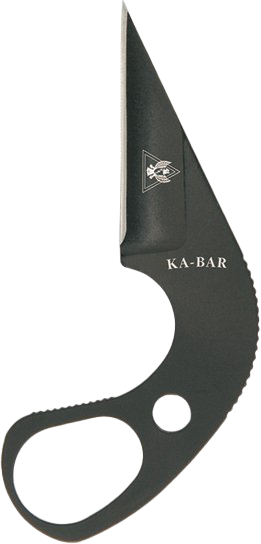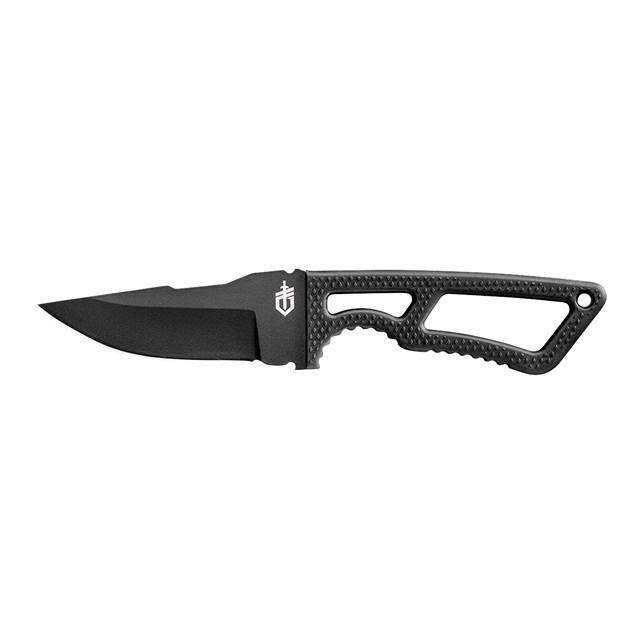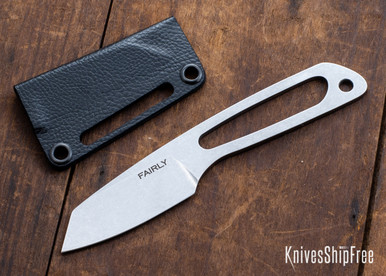I'm going to take a different perspective here than some of the posts, because from my experience, once a person (or multiple persons) determined in doing you harm commit to closing distance with you, your possibility of avoiding a confrontation outside of a binary choice between using force or vigorously creating distance, time, and signature (raising living hell to the extent that an attacker will perceive a greater chance of being "caught") narrows with every inch of ground that you give. With that in mind, I really think that, for most people, situational awareness is the most important component that, while it isn't as sexy as a carry gun or new knife, will consistently save your hide anywhere in the world.
Spotting Danger Before it Spots You by Gary Queensbury is a really, really good book on the subject, and honestly addresses how to begin to cultivate situational awareness. I say "begin to cultivate" because situational awareness is an art form that requires dedication and being "on" and "tuned in" to your environment and baselines therein more so than anything else. It's one of the greatest soft skills you can acquire, and one that I think should really be a beginning point for all self-defense/martial arts conversations, as "not being there" because you proactively saw the pattern and acted upon it will solve your problem 100% of the time, every time, outside of missing cues or being properly ambushed by a well-practiced and resourced adversary. The other "pink-squishy" component that is important is a willingness to accept violence and the consequences therein for all parties.
Violence changes people, and it's easy to say that you're capable of it when you don't have experience in dealing with the consequences; sad to say, but everyone has at least one person who loved them enough to nurture them to the point where they are in life - when violence becomes an answer to a specific problem, it's crucial to know what you are capable of, and that you unquestionably accept the responsibility of your actions: if you don't, it will haunt you and eat away at your quality of life and well-being from that moment onward, and also cause untold anguish in unexpected ways, years later. I can't emphasize this component enough.
I absolutely advocate for self-defense training and knowing how to skillfully use bare-handed techniques, as well as knives, sticks, and firearms for personal protection, but I really do believe that situational awareness is
THE underlying component. I've gotten my ass handed to me and put in reactive mode by not identifying and acting on what should have been obvious to be
before things turned into fights.
Given what the OP just posted, I tend to recommend a few things generally for "urban trails"
Since the person in question is not lawfully allowed to carry a gun yet, optimizing the following things will likely help them:
Situational awareness, great cardio, and a carry solution for hydration, communication, illumination, a space blanket, and a pointy solution are likely the best combination of barebones things that will help solve problems from 6AM to 8PM on trails in a residential or suburban area.
Regarding communication: if there is good cell coverage, then a cell phone with a charged battery is more than sufficient - I would go and dry run the trail to understand the comms footprint. Remember that anything outside of being across the street from a squad car means that comms brings resources measured in multiple minutes
following an incident... I've provided initial care for around 7 hours on a ridgeline while waiting for a SAR team to arrive in order to extract someone who was injured in an extremely well-resourced national park, within 6 miles of a trailhead. The
ONLY way that this happened was through a direct initiation of the EMS system by me via cell phone - I asked a number of passers-by to also get help when they reached a park ranger or a trailhead, and nothing happened. That being said, there are some advantages and disadvantages to other types of comms. A note on satcom: learn how satellite phones work, and buy from a reputable company with a decent constellation if you are intent on using it. They are bulky, expensive, and do not work like a regular cell phone; unless you really need the niche services that they provide, I wouldn't go this route. Also, I really prefer running with either one headphone in if I have to, or using a bone-conduction headset to preserve situational awareness if I actually need music or an audio book.
Regarding the actual edged solution: I stay away from folders that don't have a "wave" style opening device, and really prefer fixed blades with extremely grippy handles: chances are that, if you are deploying a knife for use, you're already in reactive, gross motor-skill land and you are well into your adrenaline-dump. In that case, the simpler to deploy, the better. Push daggers can be highly illegal depending on the locality, but certain pick-like tools are not and are inexpensive, easily modified, and extremely quick to put into the fight when carried correctly. Ask many people who have spent extensive time abroad, and they will likely tell you that a screwdriver that has been modified is a horrifyingly efficient problem solver when used right, and a usable sheath can be constructed pretty simply. It's also extremely cheap by comparison to other options. A carry solution for any solution should be built around the clothing worn: I'm a huge fan of Discreet Carry Concepts clips (in fact, I won't shut up about them because I like them so much) because their performance is unrivaled when it comes to actually carrying anything on a belt. I would seriously check them out. The other suggestion for
@jbell would be to try out different carry solutions to include placement, cant, and accessibility - this was a game-changer for me, as I evolved different setups to suit what I needed them for, and trained around the principles to deploy them efficiently. It's definitely a journey with no "canned" solution that fits everyone.
My advice changes somewhat depending on if the running environment is a city, suburb, rural, or remote environment, with the constant emphasis being placed on situational awareness and proper mindset.













